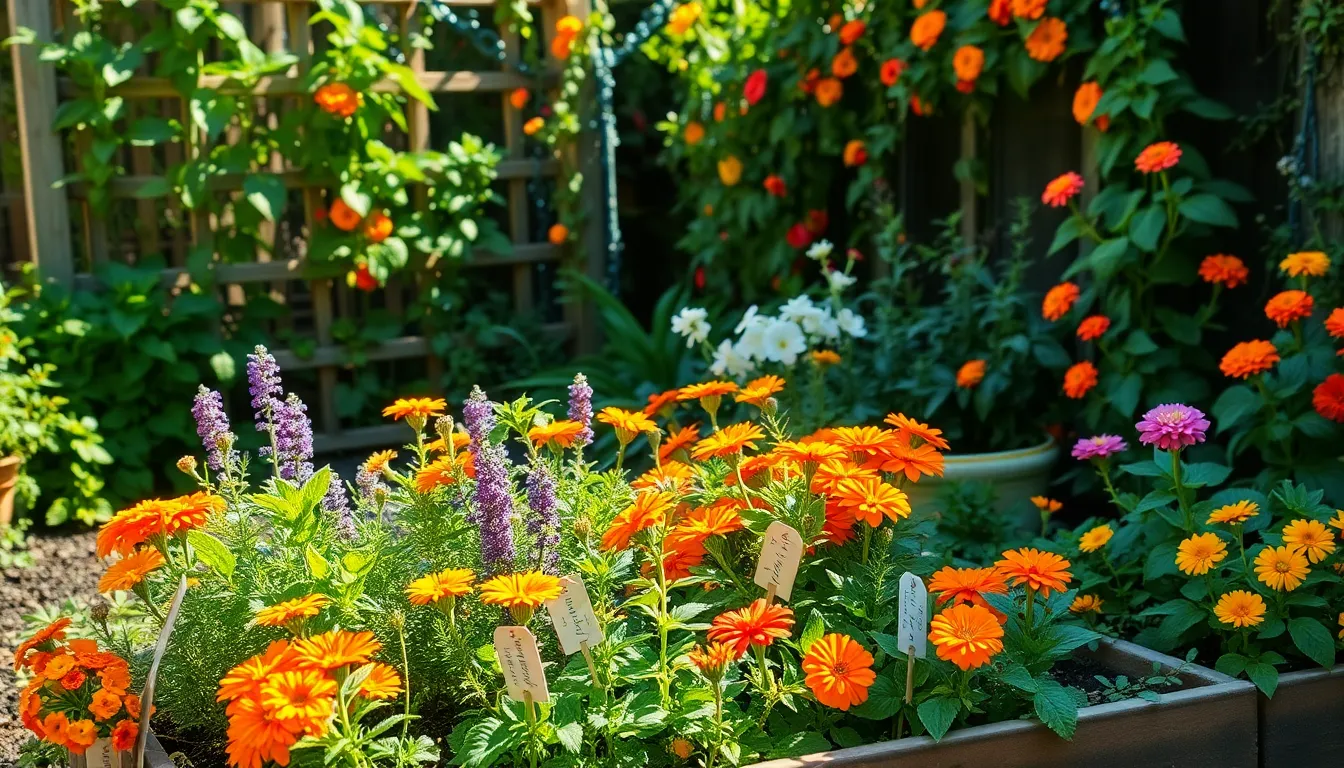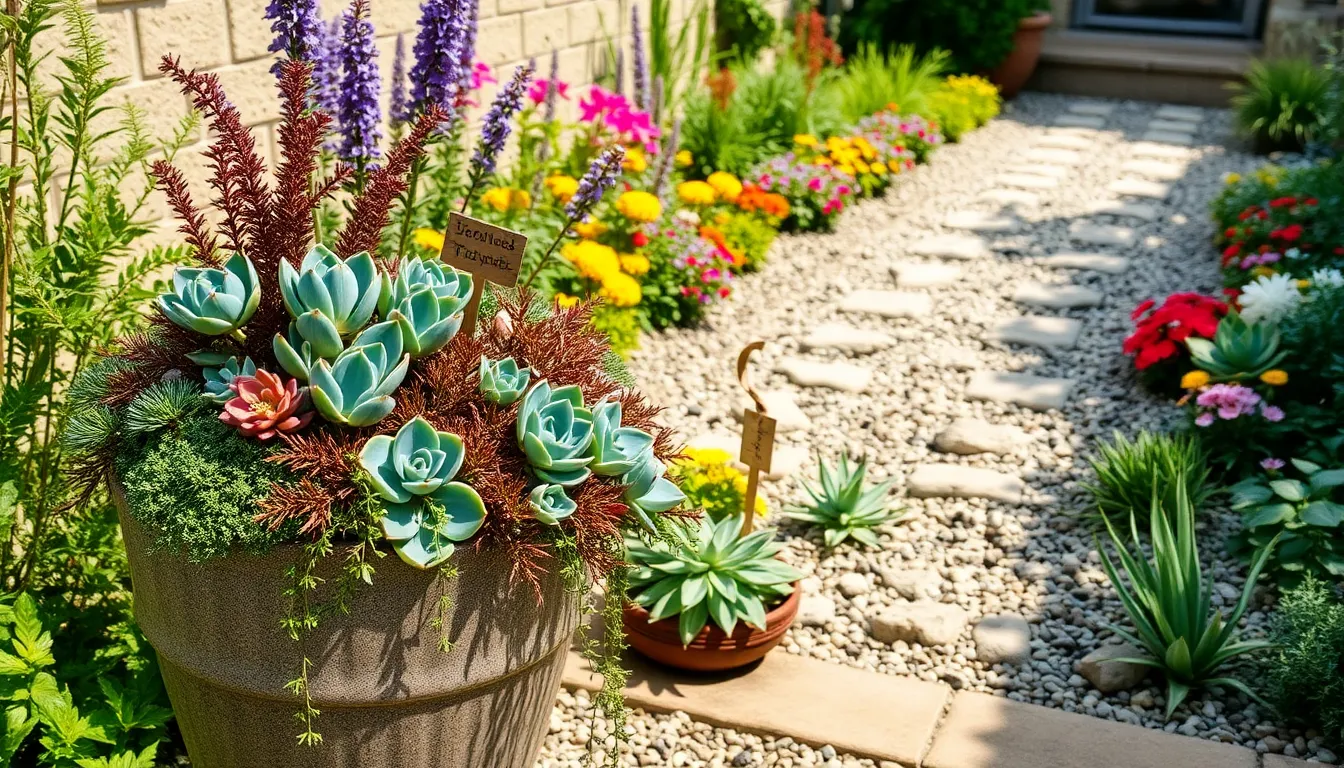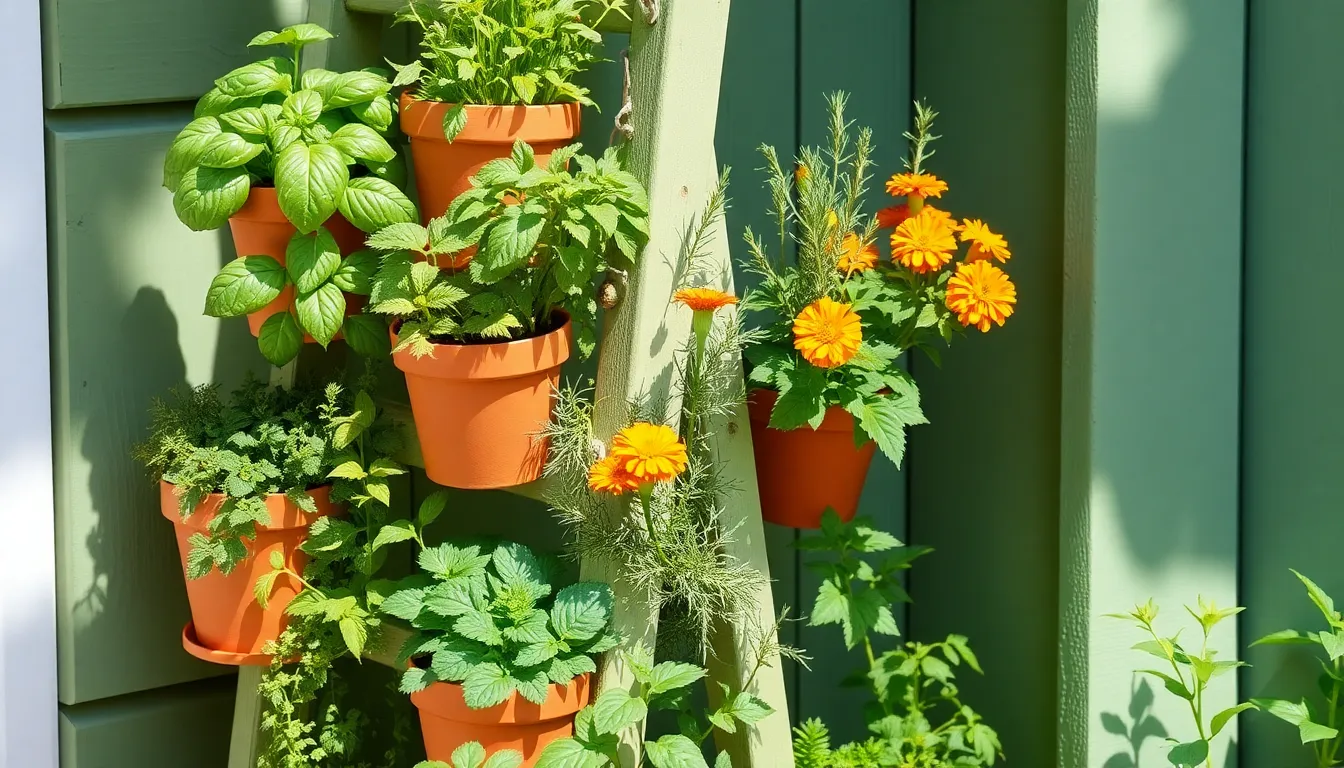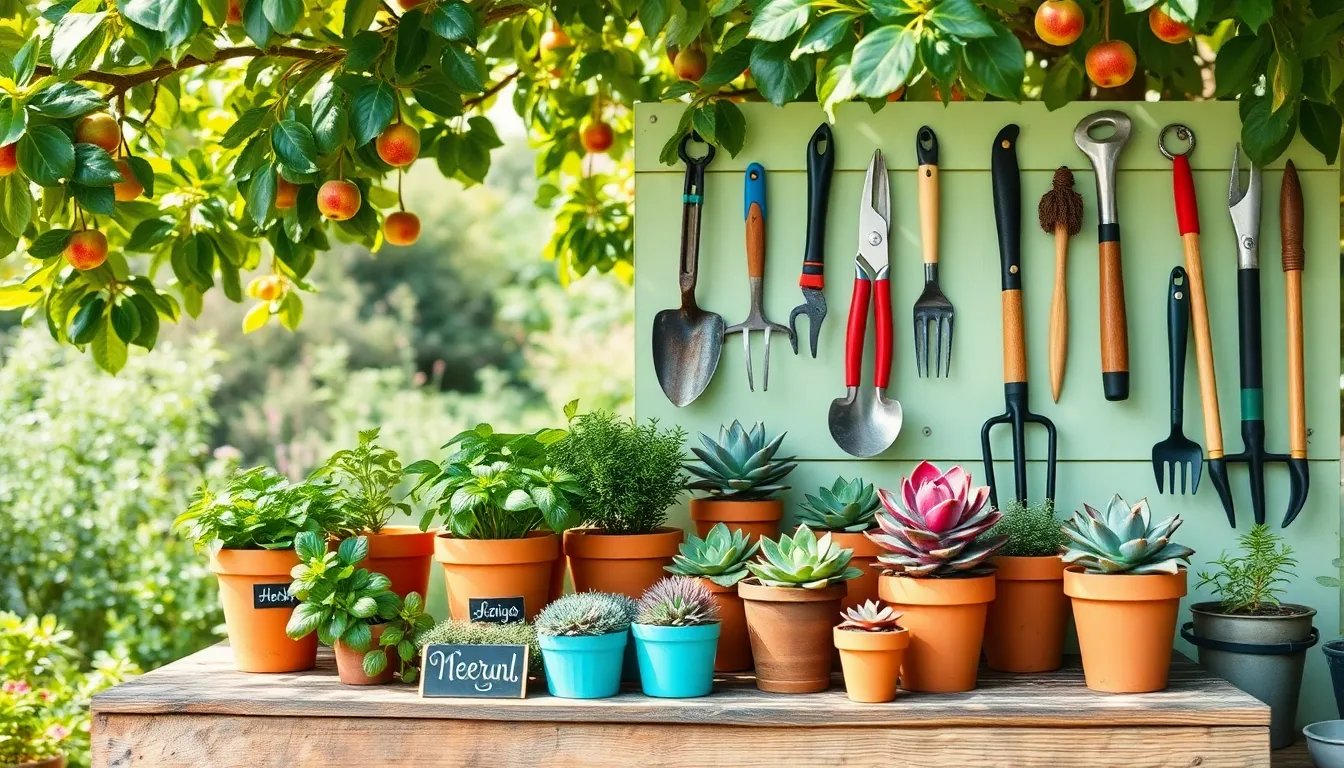Gardening is a journey filled with the promise of vibrant blooms, lush foliage, and bountiful harvests, but it’s no secret that pests can turn this verdant dream into a challenging reality. Whether you’re tending your very first plot or you’re a seasoned gardener with dirt under your nails, keeping pests at bay is crucial to maintaining the health and beauty of your garden sanctuary.
In this article, we’ll delve into practical, effective strategies to protect your plants from unwanted visitors without resorting to harsh chemicals. You’ll discover how to identify common garden pests, understand their behaviors, and learn natural methods to deter them. With a blend of tried-and-true techniques and innovative solutions, you’ll feel empowered to cultivate a thriving, pest-free garden that flourishes under your care. Let’s transform your garden into a haven where plants grow strong and pests stay far away.
Identify Common Garden Pests
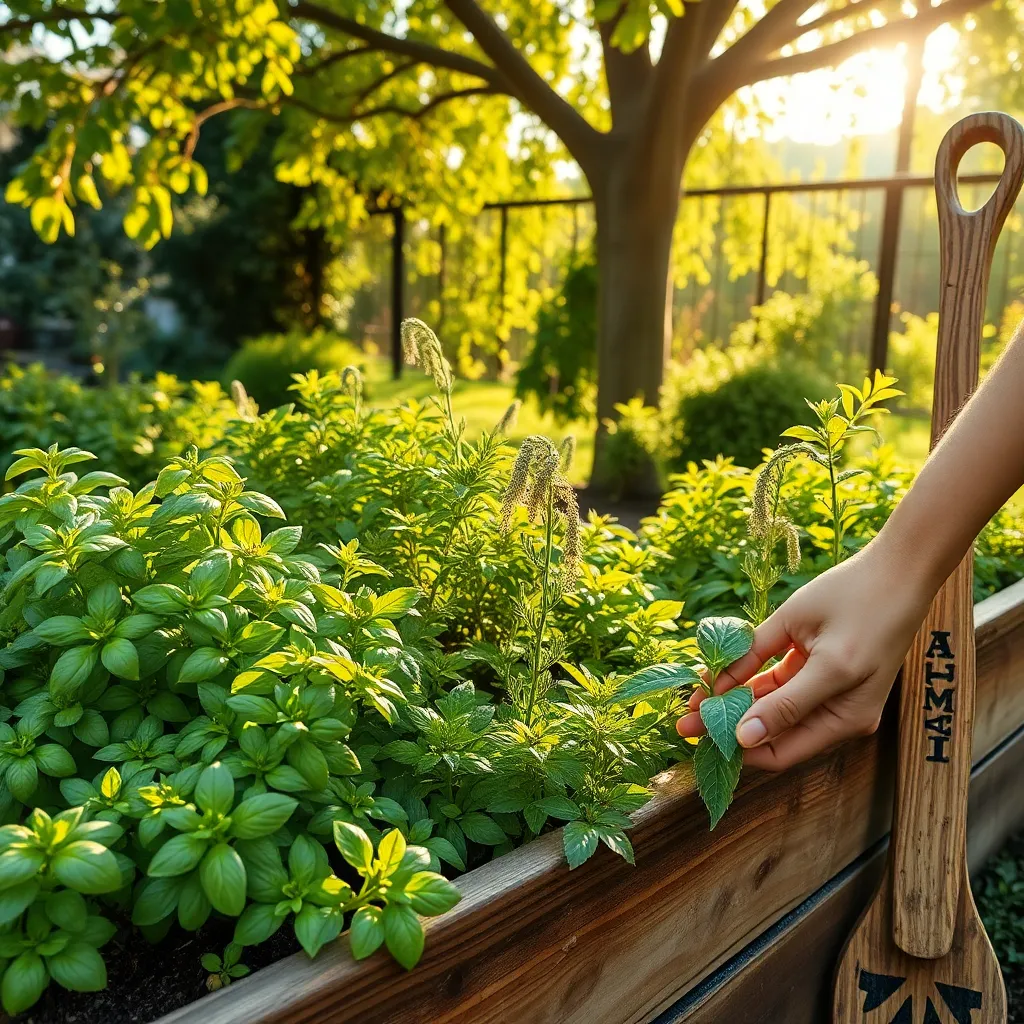
Garden pests can be a nuisance, but identifying them is the first step to effective control. It’s important to regularly inspect your plants for signs of damage, such as holes in leaves or discolored foliage, which can indicate the presence of pests.
One common pest is the aphid, a small, sap-sucking insect that can weaken plants by feeding on their juices. To combat aphids, consider introducing beneficial insects like ladybugs or applying a homemade insecticidal soap made from a mix of water, dish soap, and a few drops of vegetable oil.
Slugs and snails are notorious for munching on tender leaves, especially in damp conditions. To deter them, try spreading crushed eggshells or diatomaceous earth around the base of your plants, creating a barrier they find difficult to cross.
For more experienced gardeners, identifying the specific species of pest can help tailor your approach. For instance, cabbage worms can be controlled by using floating row covers or applying Bacillus thuringiensis (Bt), a natural bacteria that targets caterpillars.
Introduce Beneficial Insects
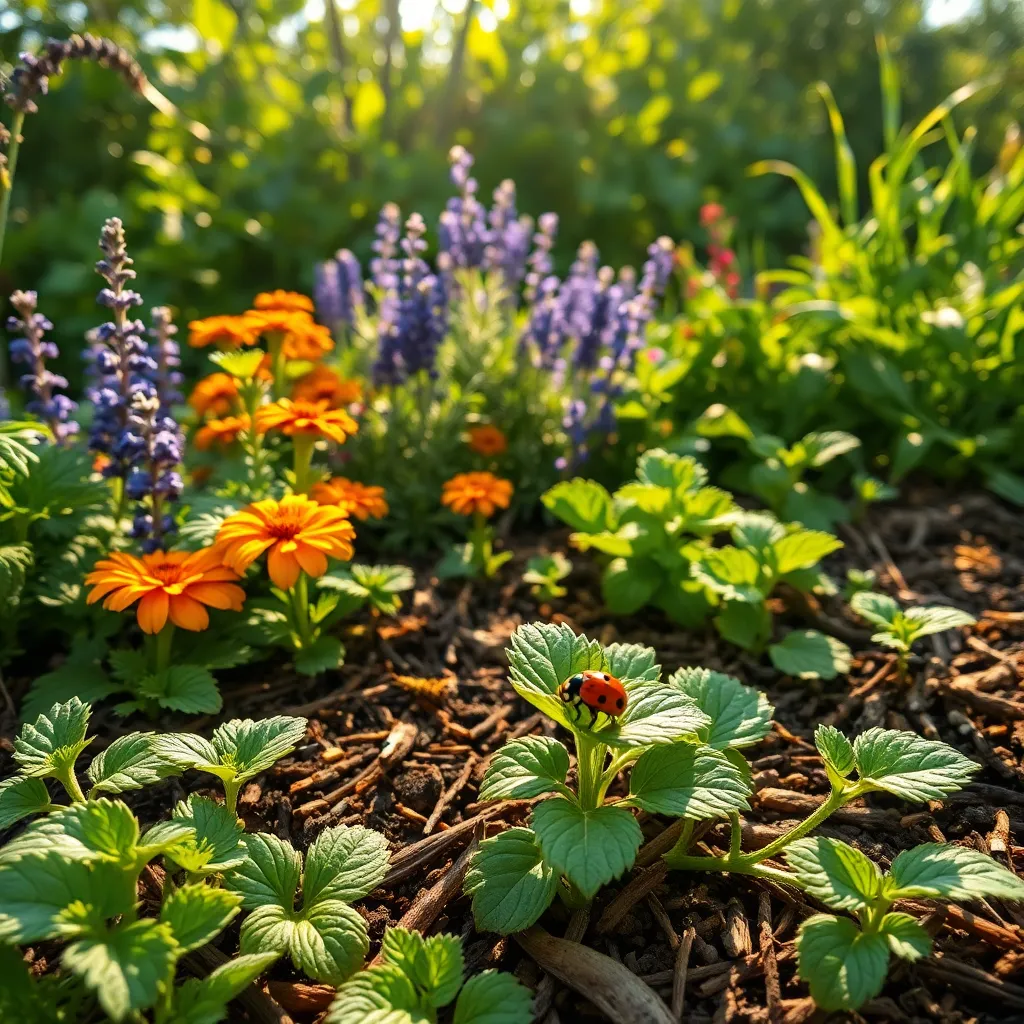
Introducing beneficial insects to your garden is a natural way to manage pest populations. These insects act as allies, helping to control pests without the need for harmful chemicals.
Ladybugs are a great example of beneficial insects to introduce in your garden. They feed on aphids, mealybugs, and mites, making them effective pest controllers.
Encouraging lacewings can also be highly effective, as their larvae are voracious eaters of soft-bodied insects. Planting a diverse range of flowers, such as dill and cosmos, can help attract these helpful insects to your garden.
It’s important to create a welcoming habitat for beneficial insects by providing shelter and water. Consider installing a small insect hotel and a shallow water dish to support their presence and increase their effectiveness.
Apply Natural Pest Deterrents
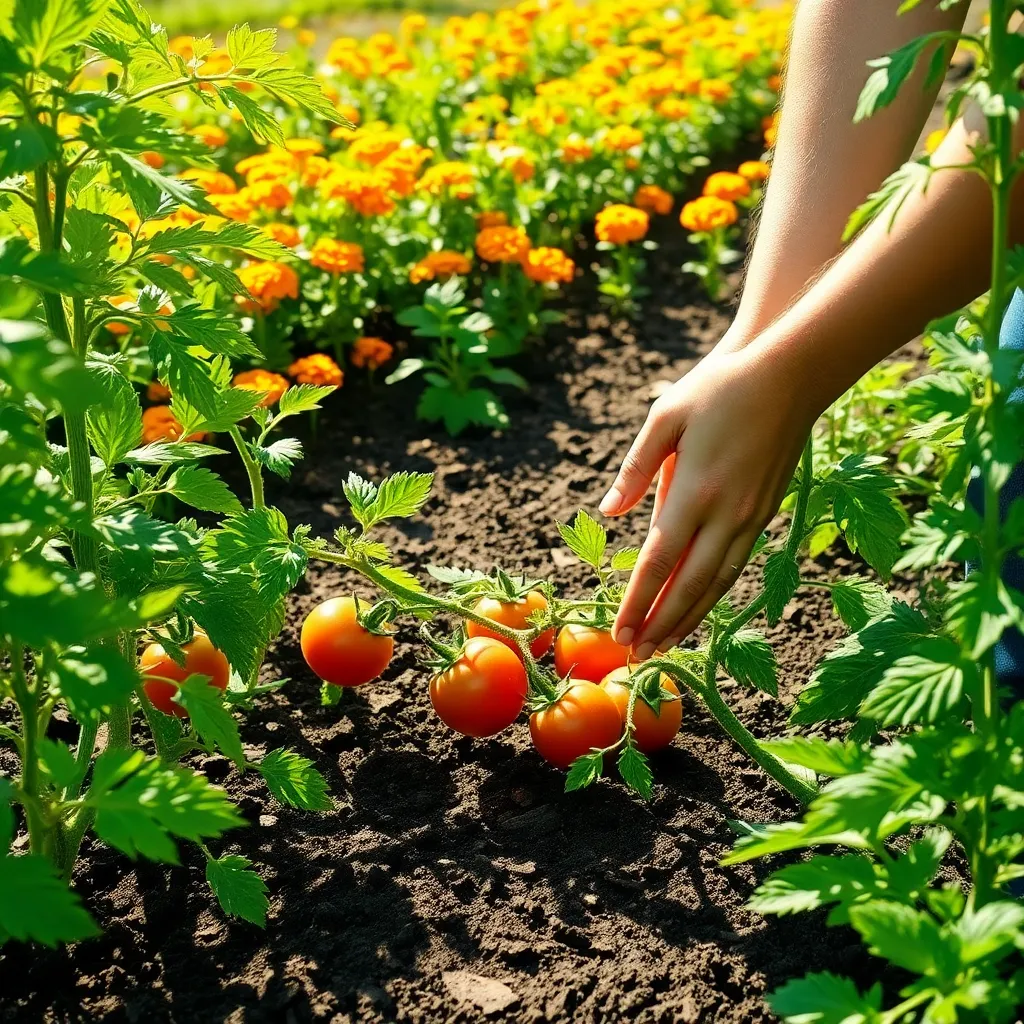
Natural pest deterrents can be an effective way to protect your garden without the use of chemicals. One of the simplest methods is to use *companion planting*, where certain plants naturally repel pests when grown next to each other.
For example, planting marigolds around your vegetable garden can help deter nematodes and other harmful insects. Similarly, basil planted near tomatoes not only enhances flavor but also repels tomato hornworms and flies.
Incorporating *homemade sprays* can also provide a strong defense against pests. A mixture of water, mild dish soap, and a few drops of neem oil can be sprayed directly onto plant leaves to deter soft-bodied insects like aphids.
To enhance the effectiveness, it’s important to apply these sprays during the cooler parts of the day, such as early morning or late afternoon. This helps prevent leaf burn and ensures the solution doesn’t evaporate too quickly.
Another natural deterrent is the use of *physical barriers* like row covers or netting. These can shield plants from larger pests such as birds and caterpillars while still allowing sunlight and moisture to reach your garden.
To ensure success, remember to secure the edges of these barriers properly, as gaps can allow pests to sneak through. Regularly inspect your garden to adjust and maintain these barriers as your plants grow.
Maintain Clean Garden Areas
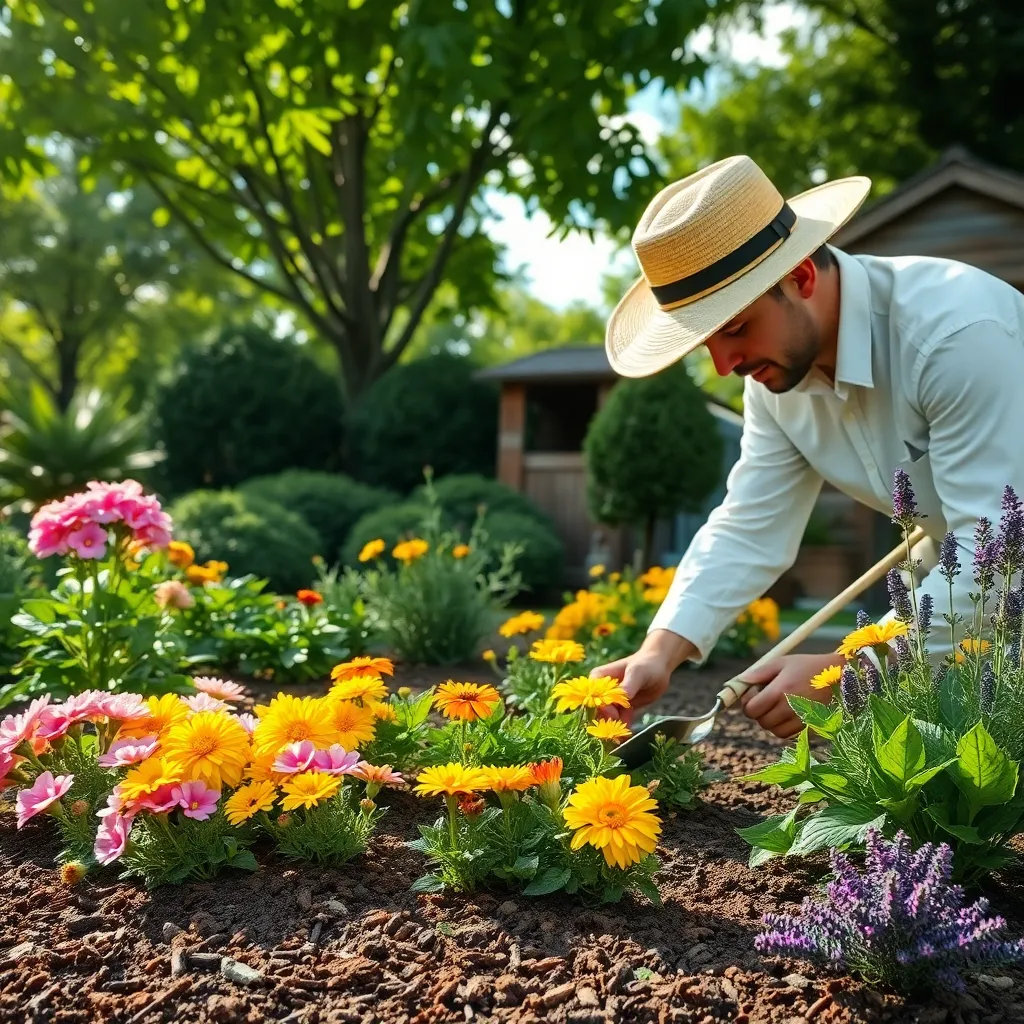
Maintaining clean garden areas is vital to keeping pests at bay and ensuring a healthy growing environment. Begin by regularly removing fallen leaves, dead plants, and other debris, which can serve as hiding spots for pests such as slugs and snails.
To further reduce pest habitats, trim back overgrown areas and ensure plants are spaced correctly to allow for adequate air circulation. This not only discourages pest infestations but also helps prevent fungal diseases that thrive in damp, crowded spaces.
Implement a regular weeding schedule to eliminate unwanted plants that can harbor insects and compete with your garden plants for nutrients and water. Use a hoe or hand tools to remove weeds when the soil is moist, making it easier to pull them out by the roots.
Consider creating a compost pile away from your main garden area to manage plant waste effectively and recycle nutrients back into your soil. This practice not only helps in maintaining cleanliness but also enriches the soil, promoting robust plant growth and resilience against pests.
Rotate Crops Annually
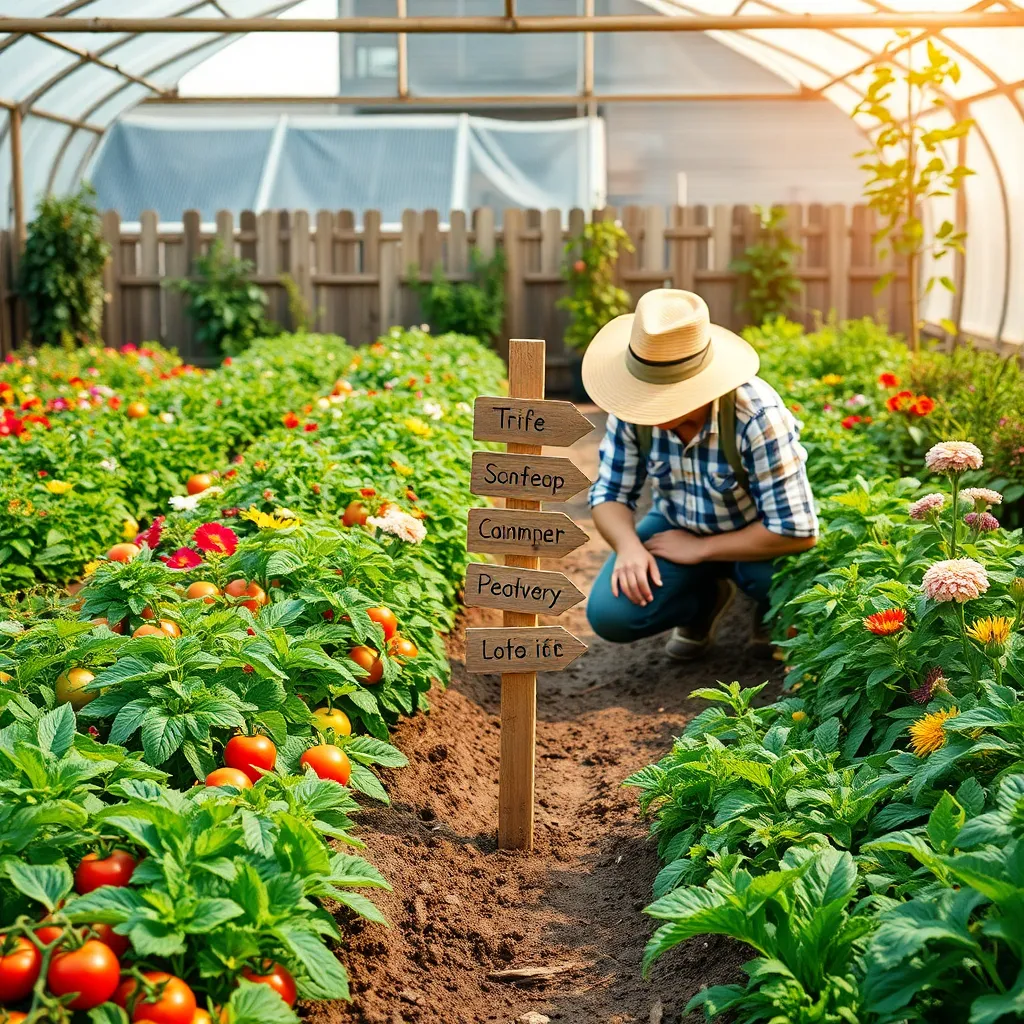
Rotating crops annually is an essential practice to keep pests at bay in your garden. By changing the location of your plants, you disrupt the life cycles of pests and reduce the risk of disease build-up in the soil.
Start by grouping your plants into families, such as tomatoes, potatoes, and peppers, which all belong to the nightshade family. Plan your garden layout so that each family is planted in a different area each year, ideally rotating every three years.
Use a garden planner to map out your rotations and track what you planted where. This will help ensure you maintain a proper rotation cycle and avoid planting the same family in the same spot too soon.
For those with limited space, consider using raised beds or containers that can be moved to different locations each season. This not only helps with crop rotation but also allows you to control soil quality and drainage more effectively.
Conclusion: Growing Success with These Plants
In nurturing your relationship garden, you’ve learned five essential pest control strategies: clear communication as the first line of defense, setting healthy boundaries to keep negativity at bay, practicing empathy to deepen understanding, fostering trust as a protective barrier, and regularly tending to your relationship with quality time and appreciation. These principles serve as the cornerstones to cultivating a thriving, pest-free relationship.
As an immediate actionable step, take a moment today to engage in open communication with your partner—discuss your needs, listen actively, and reaffirm your mutual commitment to growth. This small yet powerful act can fortify your bond and ward off relational pests before they take root.
To ensure these insights remain within arm’s reach, bookmark this article now. Let it be your go-to guide whenever you feel a need to refresh your relationship strategies. By embracing these principles, you lay the groundwork for a resilient partnership that can weather any storm. Remember, a thriving relationship garden is not only possible but awaits those who are willing to nurture it with intention and love. Here’s to your flourishing relationship and the bright future it holds!

